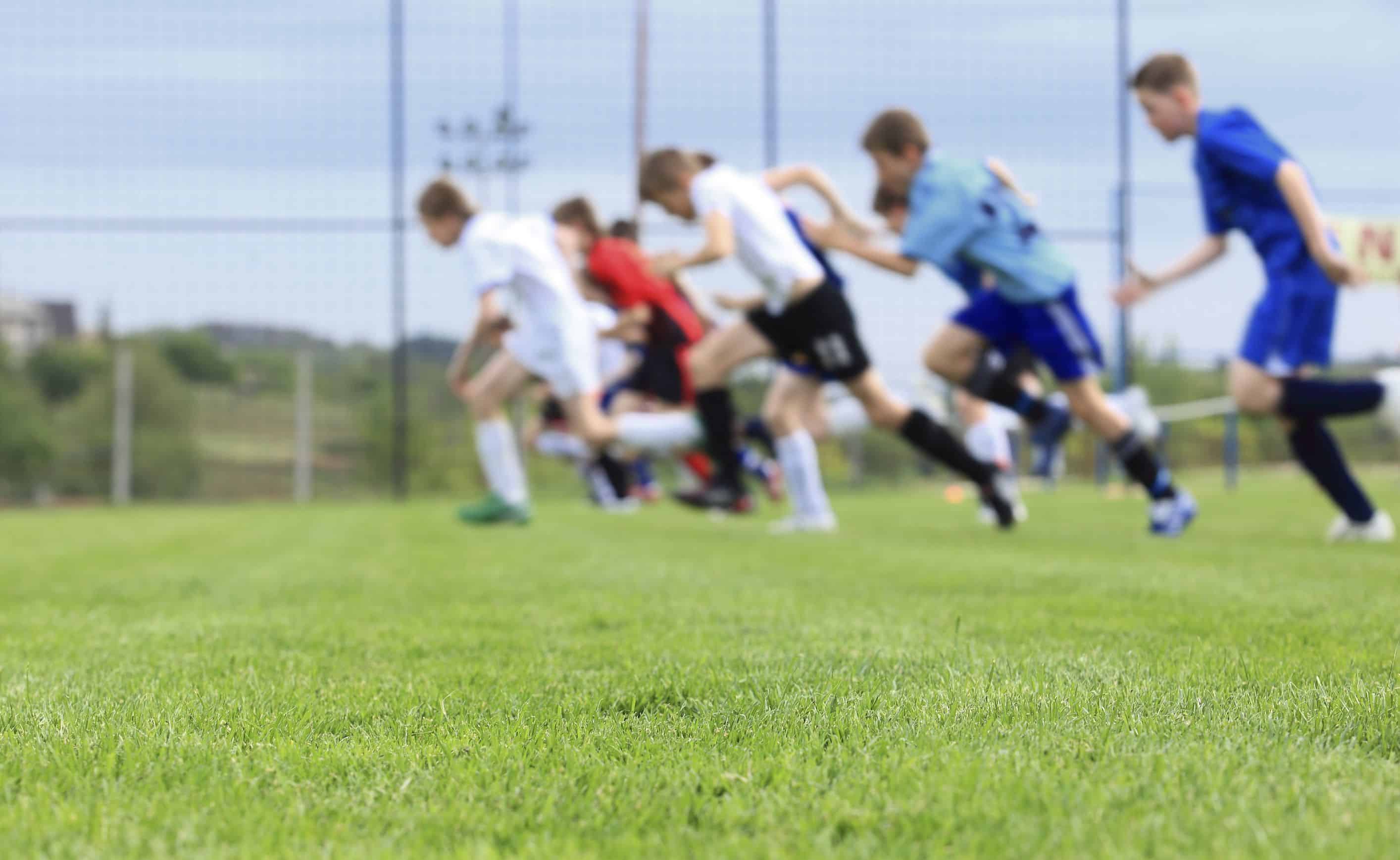If you play football then you will have a good idea of how it feels. But just how much work is performed? Many consider football to be the most unpredictable sport of them all. However, the physical demands are fairly consistent. Knowing the physical demands of your standard if football is the first step in nailing pre-season preparations.
Football’s physical demands in a nutshell
Scientists describe football as a high intensity, intermittent sport or repeated sprint sport. In others words there are periods of very intense effort that tend to be short lived, and these are interspersed with longer periods of low intensity activity. Lets delve deeper…
Players cover between 9-14km during a 90 minute game. Approximately 60% of this is walking and 26% is jogging. Only 2% of total distance covered in a game is classified as high speed running and sprinting just 1%. This makes football sounds easy right? Don’t be fooled by the figures. Anyone that has played the game will know that it’s not a stroll in the park!
Intensity of work is constantly changing in football. Players will sprint every 90-120 seconds for an average of 2-4 seconds each. The significant majority (96%) of these sprints are less than 30m. In addition to changes in speed, players make between 1200-1400 changes of direction during a match. On average, a player can expect anywhere between 150-250 brief, intense efforts. This constant state of change places huge physical demands on the body, even if the speed of movement appears to be slow.
Positional and Playing Level variations
Full backs and midfield players will tend to cover greater distances than defenders and strikers. Wider playing positions also tend to accumulate more distance at higher running intensities than those playing more centrally. Whilst central defenders tend to cover less distance, they do perform amongst the highest number of accelerations compared to other playing positions.
Technical performance greatly impacts upon the amount of running required. Within the English league system elite players actually perform less high speed running than lower league players. This coincides with a higher percentage of accurate pass completions.
Unsurprisingly, total distance covered along with volume of high intensity running increase with age group through to the senior level. Furthermore, male players have been shown to cover 2.5% more total distance and 30-35% more high intensity running when compared to female players.
